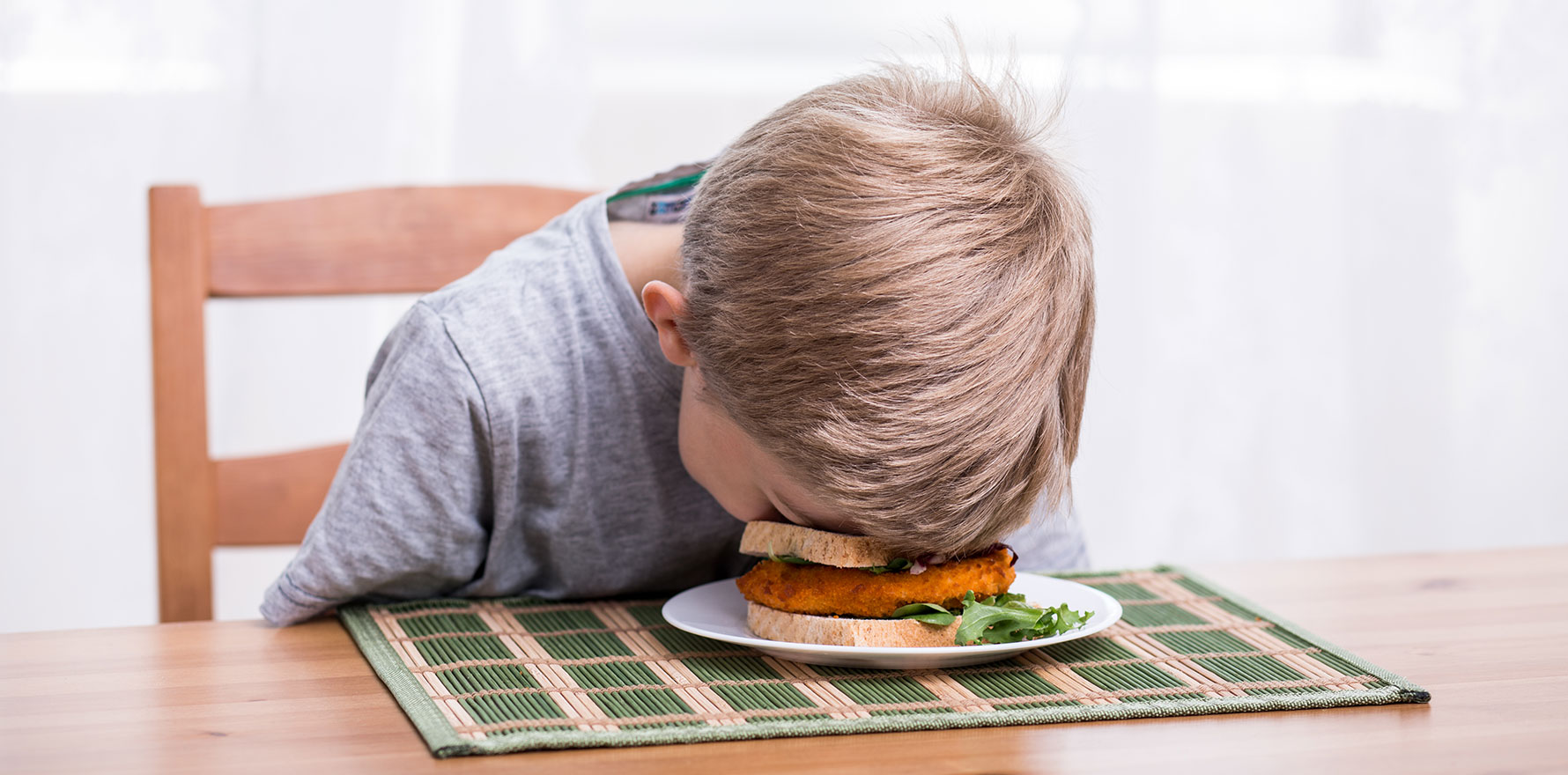There are ways to make sure children maintain a healthy weight while taking stimulant drugs.
Attention deficit hyperactivity disorder (ADHD) impacts the ability to maintain attention to tasks. Often, it also involves impulsive behaviour – saying or doing things without stopping to think first – as well as hyperactivity.
ADHD is the most common developmental disorder in childhood, affecting 5–8% of children worldwide.
Not all children and adolescents with ADHD need medication, particularly if they are functioning well at school and at home. Children with ADHD can also be supported with behavioural and educational strategies, as well as by working on the associated problems that commonly occur alongside ADHD, such as learning difficulties, emotional problems like anxiety, social challenges and autism spectrum disorder.
However, around four in five children with ADHD are prescribed medication.
One of the most common concerns parents have about ADHD medication is their child’s appetite and weight. So what can families expect? And how can parents optimise their child’s calories and nutrition?
Medication can reduce symptoms
Decades of research shows stimulant medication is the most effective way to reduce the main symptoms of ADHD. It can improve the ability to sustain attention and complete tasks, and reduce impulsive behaviours.
Two stimulants are approved to treat ADHD: methylphenidate (known by brand names such as Ritalin) and dexamphetamine (known by brand names such as Vyvanse). Both come in short- and long-acting forms.
These medicines work well in about 80% of patients and often improve the child’s school performance, relationships and self-image.
But they don’t suit all children. A minority become irritable, withdrawn or socially blunted. They may start finding it’s hard to have fun, for example.
If parents observe these or other negative effects, they can stop the medication. The child will return to their normal self by the next day, and their clinician and parents can consider alternatives.
The most common side effect of stimulant medication is reduced appetite. This happens in most children who take stimulants, for the hours the medication is active. This often means they are not hungry during the school day and have little or no lunch.
How can you boost your child’s food and nutrition intake?
When starting on stimulants, some children lose weight.
But they usually regain this over time as they get used to a different pattern of eating that includes a similar amount of daily calories. This might include:
- eating a hearty breakfast before the medication kicks in. Stimulant medications typically take about 30 to 60 minutes to start working (long-acting medications have a slower onset than short acting)
- eating enjoyable snacks throughout the day, such as muesli bars or chips
- having a substantial after-school snack. Some kids have a mini meal when they get home from school, and then another main meal at around 7pm.
Nutrition and energy-dense breakfasts or after school snacks could include a full cream milk smoothie with banana, protein powder and peanut or almond butter.
High-calorie powdered food supplements – which are rich in protein and essential vitamins and minerals – in milk are another option. These are available from the chemist or supermarket.
If the child’s ADHD symptoms are only problematic at school, they will only need to take the medication on school days, and not on weekends or school holidays. They can catch up with eating on non-medication days.
It’s also important to use the dose that achieves maximal benefit with tolerable side effects. The aim is often to reduce the child’s symptoms to close the levels of children without ADHD.
Using these strategies, most children can maintain a healthy weight while they take stimulant medication.
What if my child is still losing weight?
Occasionally, weight loss is more problematic, and alternate solutions need to be considered.
These might include:
- using a short-acting medication (these usually last for 3–4 hours) to just cover the mornings. Or adding an afternoon dose, after the child’s appetite has returned and they have eaten lunch
- trying one of the non-stimulant ADHD medications, such as atomoxetine (Strattera) or guanfacine (Intuniv). These are not usually as effective as the stimulants, but can be helpful to reduce ADHD symptoms. They have their own side effects, but do not suppress appetite
- using a lower dose of the stimulant (aiming to provide some benefits with fewer side effects) in combination with a non-stimulant medication.
What about children’s height?
The other potential growth side effect of stimulant medication is on children’s height. There is some evidence that if a child takes stimulant medication consistently for many years, particularly in higher doses, they may lose 1–2 cm off their adult height.
However, it would be unusual for ADHD medication to stunt growth so much that a child has to stop taking it. Optimising nutrition is the best way to prevent this.
What else do doctors and parents look out for?
Children and adolescents with ADHD who are treated with medication need to be monitored regularly. They should have appointments with their prescribing doctor (usually a paediatrician) or GP at least every six months to monitor the treatment’s effectiveness and side effects.
Their medical review is likely to include a discussion of academic, social and emotional functioning – sometimes with the aid of questionnaires completed by teachers and parents – and a physical check-up including measurement of height, weight and blood pressure.
Whether or not a child with ADHD takes medication, it’s important in all cases to pay attention to lifestyle factors that can influence their health, including their sleep, nutrition, exercise and use of electronic devices.
Daryl Efron, Associate Professor, Department of Paediatrics, University of Melbourne
This article is republished from The Conversation under a Creative Commons licence. Read the original article.


